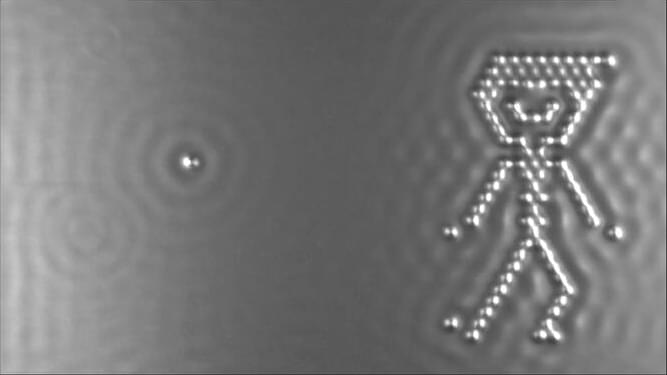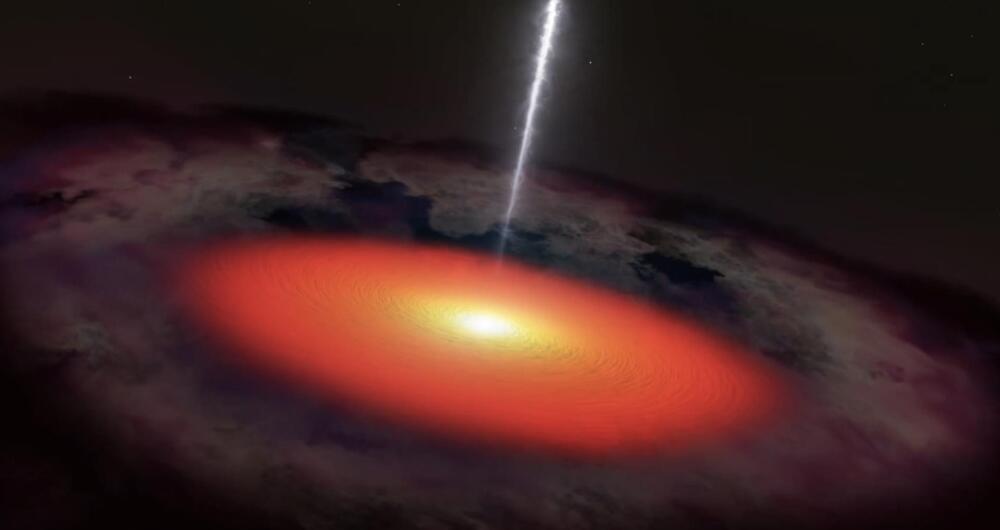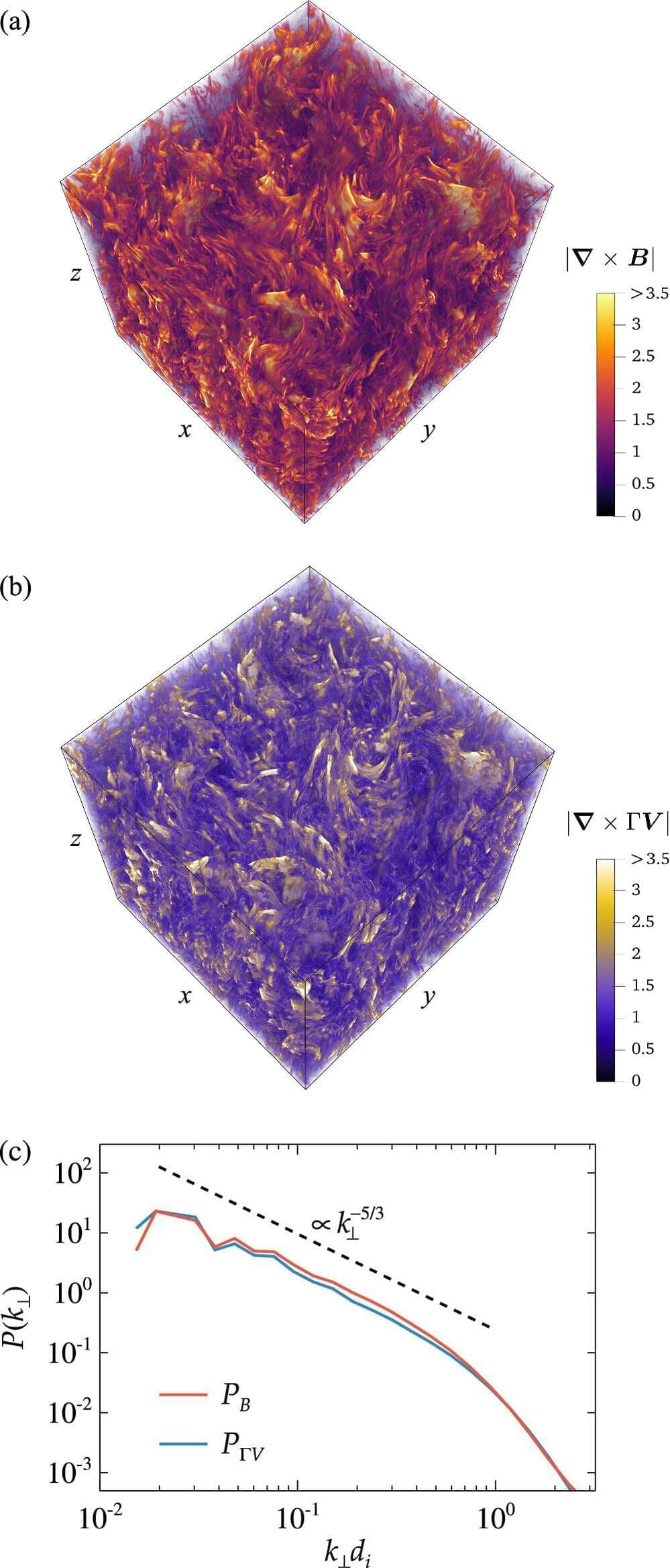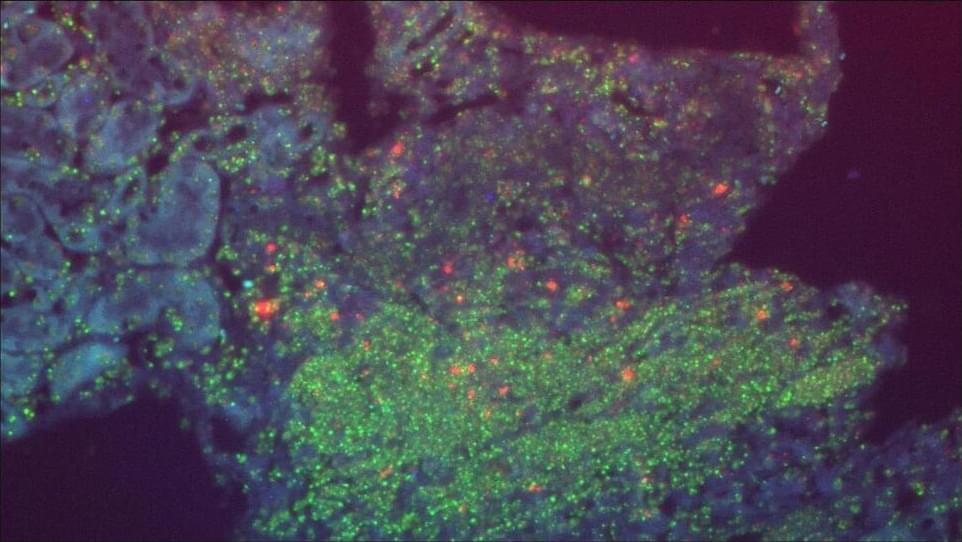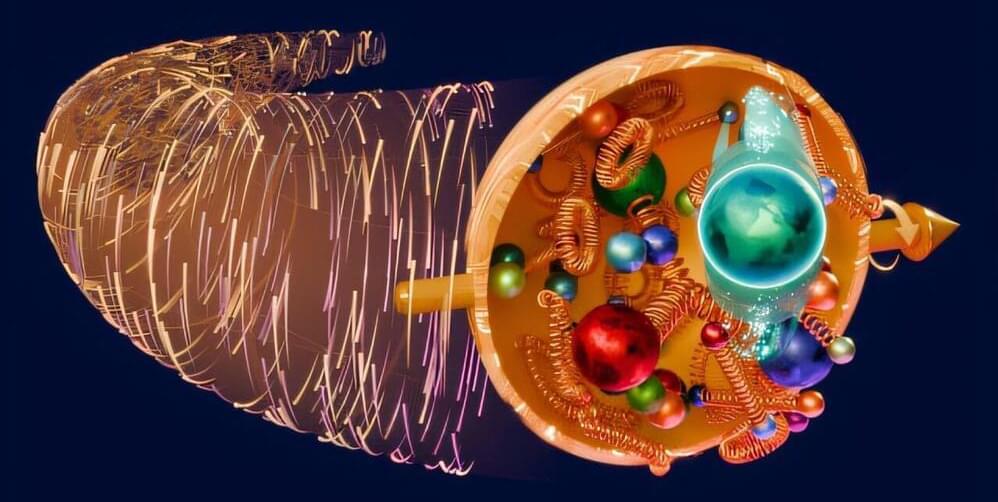Dec 11, 2024
A test stand for the High-Luminosity LHC
Posted by Shailesh Prasad in categories: particle physics, space
An impressive operation recently took place in CERN’s magnet test hall. The innovative cold powering system has been successfully installed in the High-Luminosity LHC (HL-LHC) Inner Triplet (IT) String test stand. This novel system comprises a long electrical transmission line, which has been specially developed to transport currents to the magnets across a wide range of temperatures. Its installation in the IT String follows on from the installation of the novel protection system and is an important milestone in the development of the HL-LHC.
The High Luminosity LHC (HL-LHC) is a major upgrade of CERN’s Large Hadron Collider (LHC), which aims to increase the number of particle collisions (luminosity) and consequently boost the amount of physics data that can be collected, allowing further discoveries to be made.
Continue reading “A test stand for the High-Luminosity LHC” »

